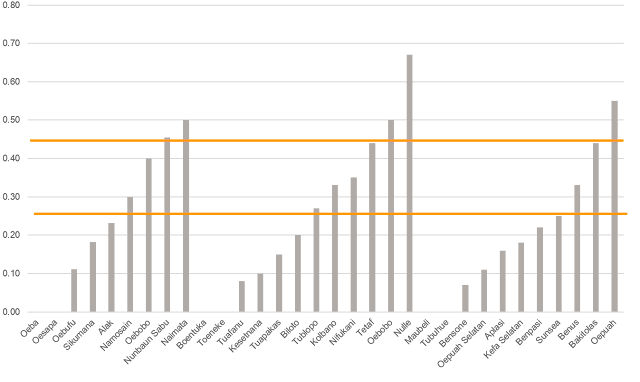Being
able to present the results of our research to the founders of the NGO and
their one hundred employees and volunteers was one of my favorite parts of the
internship. In most cases, there is a gap between researchers and the people
who carry out the social programs and all the lessons that researchers learn get
lost on the way and cannot be implemented in the “real world”. I am glad that
we could close this bridge, at least once.
I
believe that the presentation of our research results was a learning experience
for Gaby, Ade and I, the research fellows, and for the people at Kopernik. We
had the opportunity to express our diagnosis of the Wonder Women program and our
view of the biomass cookstove as a tool for development and to give
recommendations but also to listen to their perspectives and the feasibility of
implementing these recommendations.
Some
of our feedback was very positive but I can imagine that some of our findings proved
challenging. For example, we said that the financial benefits of the cookstove
are less than they expected. Moreover, we said that Kopernik is trying to help
the poor living in remote areas but they could not afford some of its prices
for the clean technology. I was glad to realize that they received even the harsh
feedback with an open mind.
If
you want to learn more about our findings and recommendations, Kopernik
published an abridged version of our report: check this link!
Finally,
as Professor Heifetz says, saying goodbye and generating closure is complex
work for people. It was difficult for me to say goodbye to the welcoming
Indonesia and to my research partners and adventure buddies, Gaby and Ade. Living
and working in rural Indonesia has been a very challenging and informative summer
experience. I am immensely grateful to Kopernik which entrusted me with the
responsibility of conducting research and providing recommendations for its
most important project and to the Women and Public Policy Program that without whose
support I would not have been able to have had this experience.












